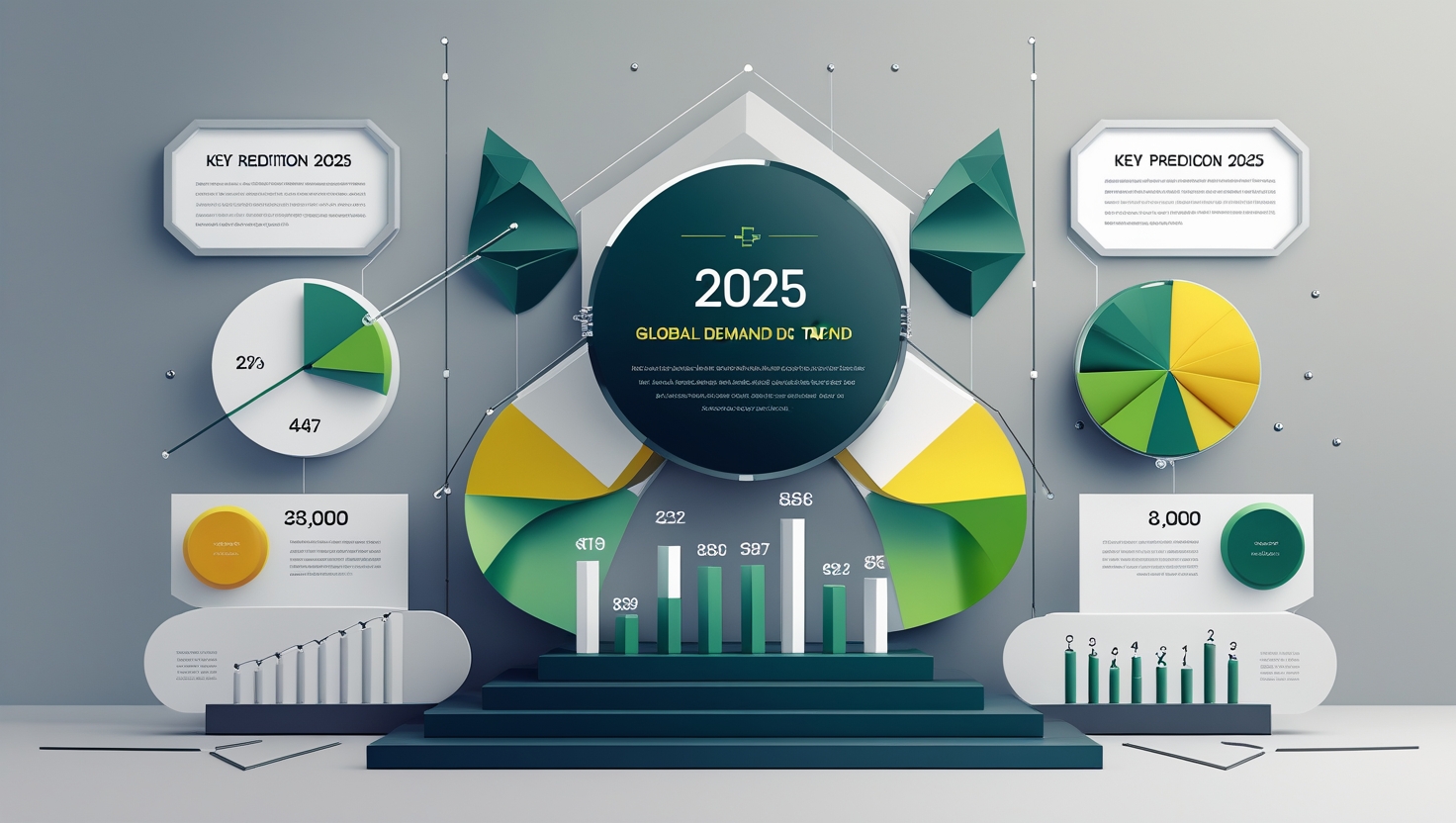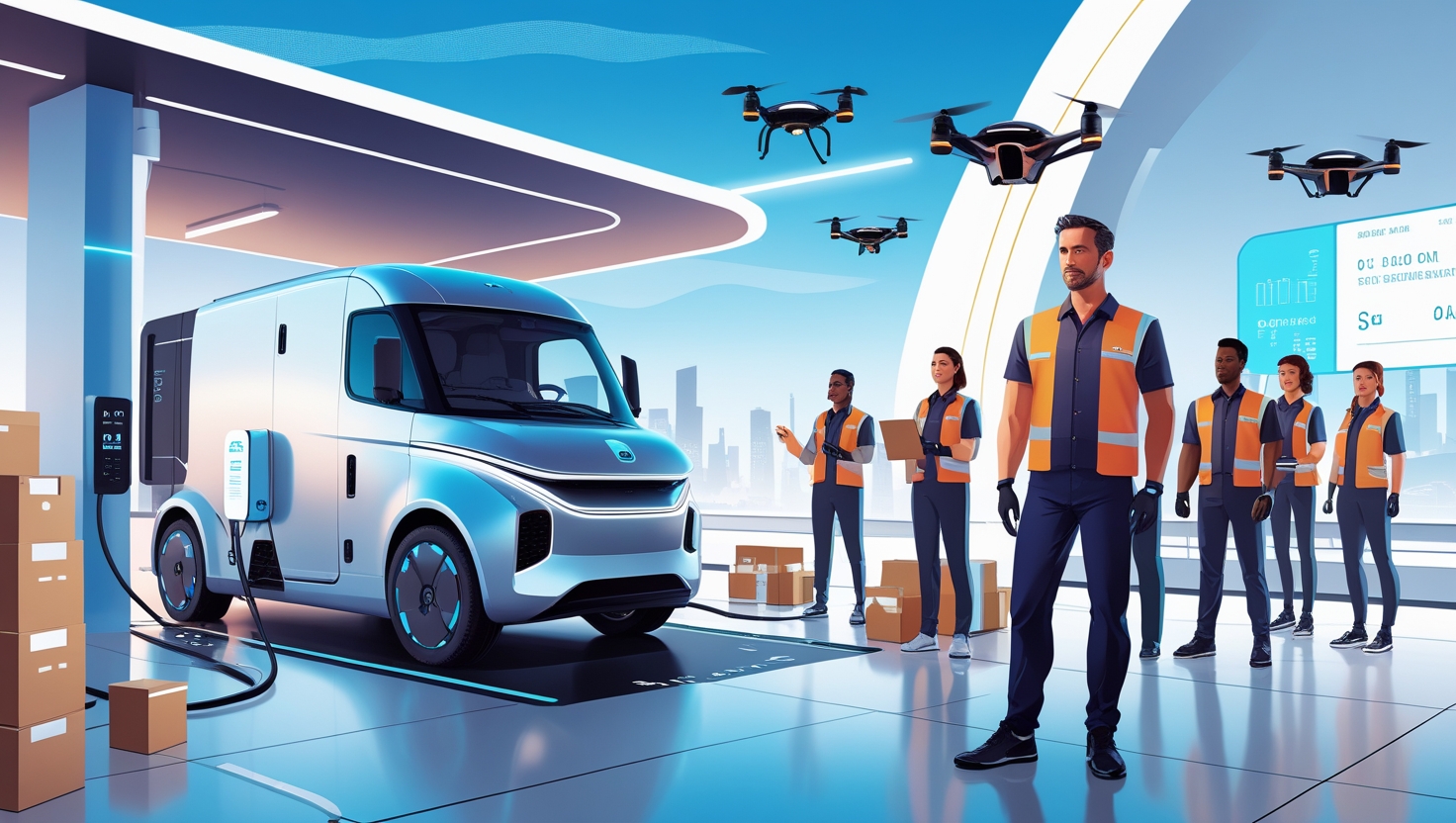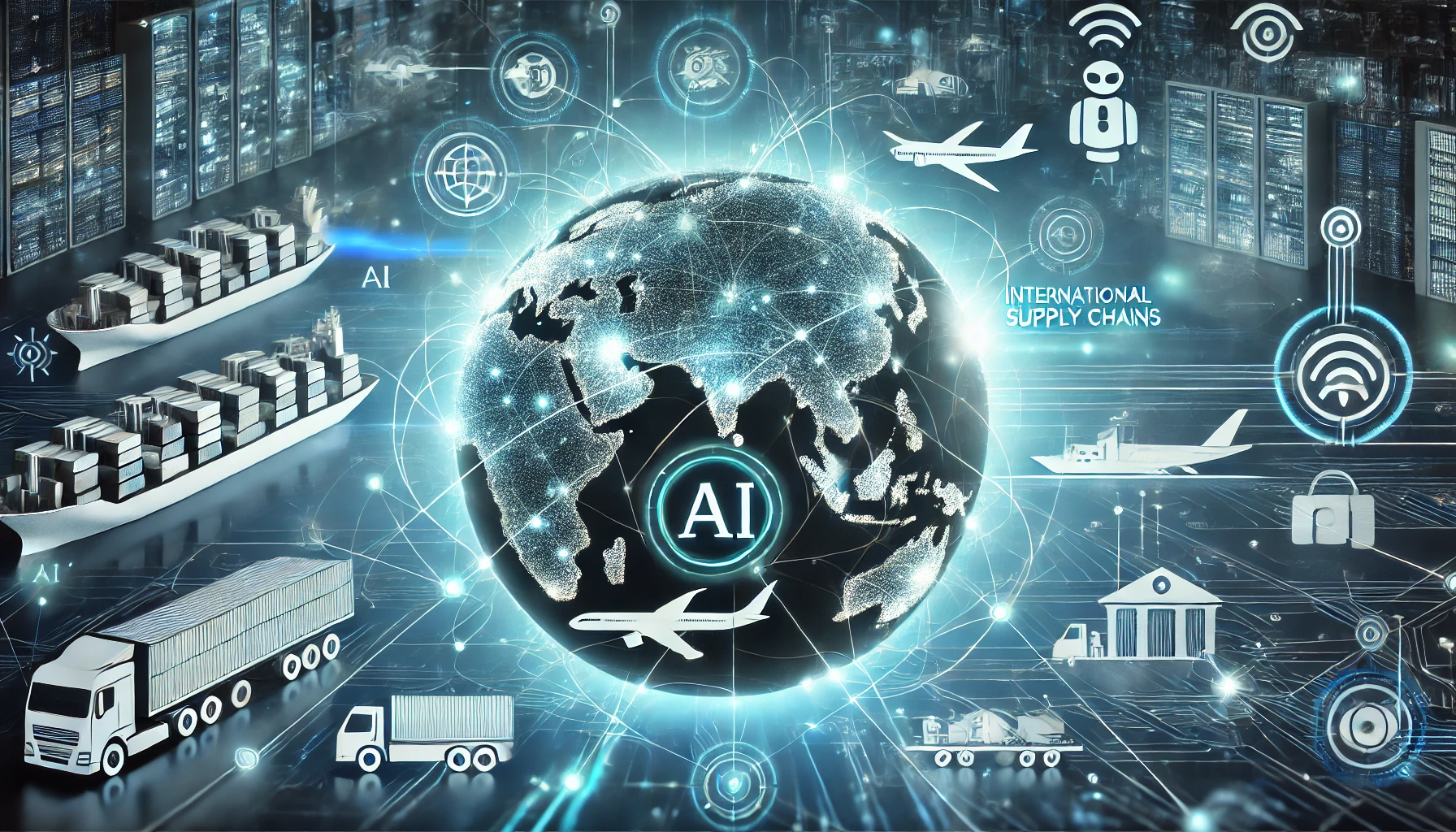🧭 How to Find Importers for Free Using Social Media (2025 Exporter’s Guide)
There are many ways to find importers online. In other articles, we have discussed how to find importers using Google […]
🧭 How to Find Importers for Free Using Social Media (2025 Exporter’s Guide) Read More »









